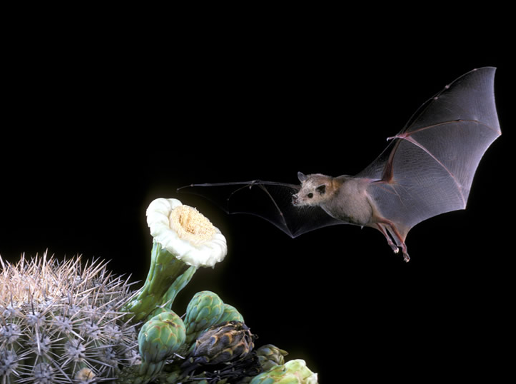We work across borders to protect the birds, bats, and butterflies that link the Americas. Through partnerships that stretch from Alaska to Argentina, we help conserve habitats vital to migratory species—ensuring they return each year to the forests and grasslands of the United States in healthy numbers.

Migratory species are essential to ecosystem health. They pollinate crops, disperse seeds, and control pests—but their populations are declining rapidly. Since 1970, North America has lost nearly three billion birds, and monarch butterfly and bat populations continue to fall. Protecting migratory habitat supports clean water, carbon storage, and local livelihoods while helping prevent species from being listed under the Endangered Species Act, which preserves access and multiple-use of public and private lands.
The Foundation and Forest Service partners with organizations across the Western Hemisphere—including Ducks Unlimited, Bat Conservation International, the Monarch Joint Venture, and Point Blue Conservation Science—to:

Together, these efforts strengthen ecosystems, sustain rural economies, and help keep wildlife off the endangered species list.